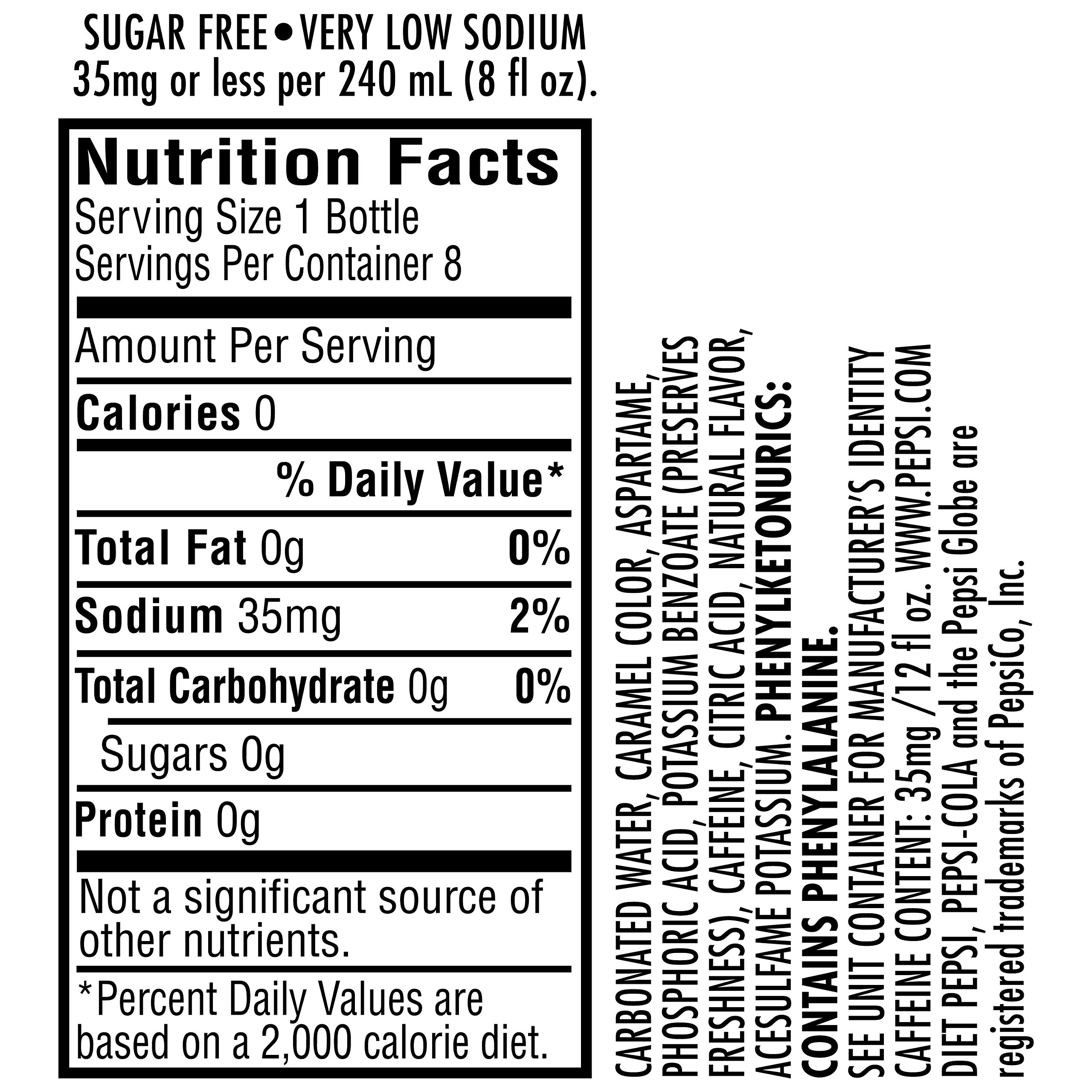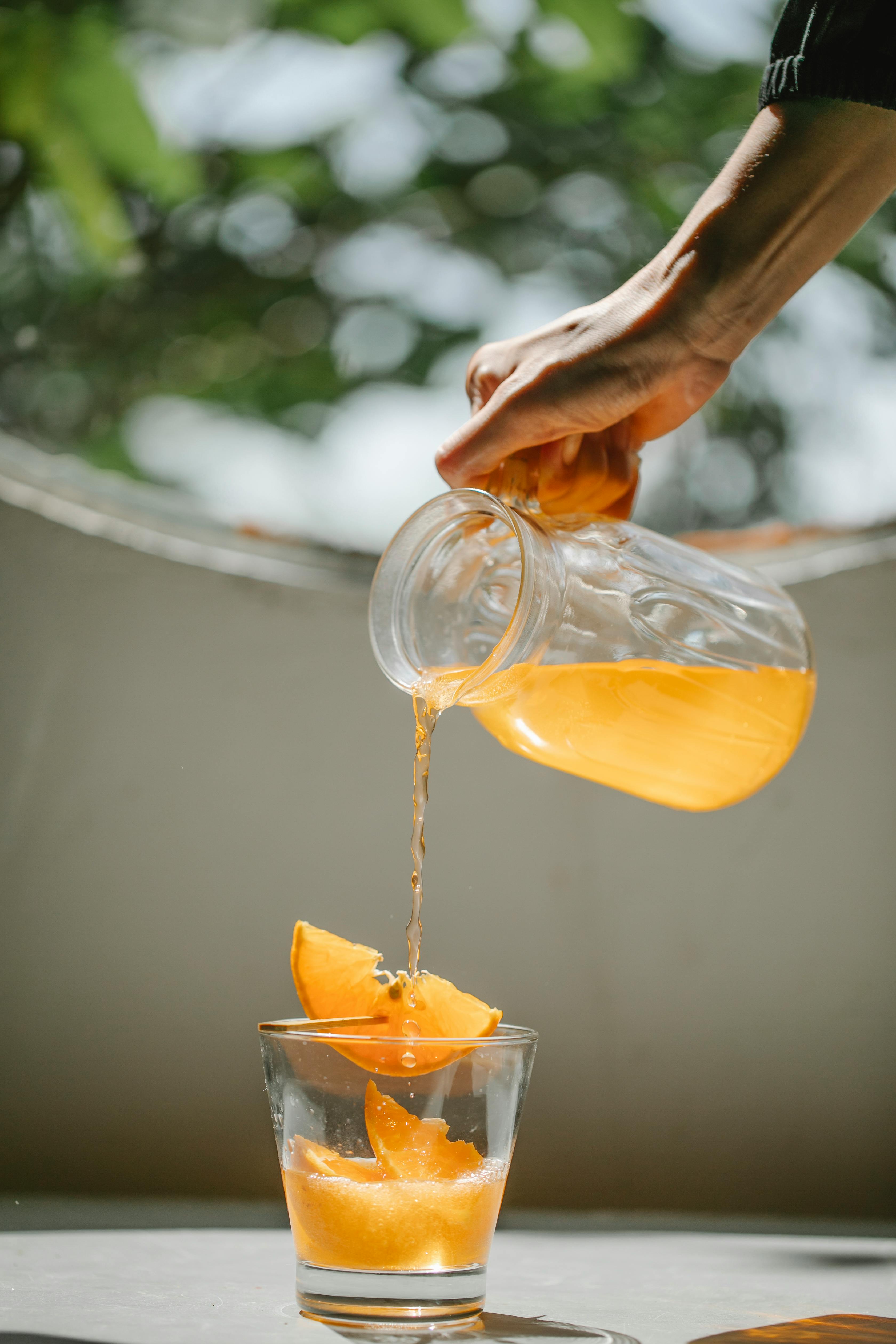Effective Diet for Glowing Skin in 2025: Achieve Radiance!

Effective Diet for Glowing Skin in 2025
Achieving a radiant complexion is more attainable than ever with the right diet for glowing skin. As our understanding of the diet and skin relationship grows, it's clear that what we consume directly impacts our skin’s health and appearance. In 2025, we can expect a focus on nutrient-rich foods that enhance skin elasticity, hydration, and overall youthfulness. This article provides a comprehensive glowing skin diet plan, ensuring you incorporate the best foods, supplements, and hydration strategies for ultimate skin rejuvenation.
Throughout this article, we will explore skin hydration foods, antioxidant-rich options, and the importance of a balanced intake of vitamins and minerals. By the end, you will have a complete guide to nourish your skin from within, along with practical recipes and tips to enjoy your journey towards a more luminous appearance.
Key takeaways include:
- Understanding essential nutrients for skin health
- Identifying foods to avoid for clear skin
- Incorporating seasonal and local ingredients for optimal skin nourishment
Understanding Nutrients That Promote Glowing Skin
Role of Vitamins for Skin Health
Vitamins play a crucial role in maintaining skin vitality. For instance, Vitamin C helps in collagen production, improving skin elasticity and reducing wrinkles. You can find this vitamin in fruits for healthy skin like oranges, strawberries, and kiwi. Meanwhile, Vitamin E acts as a powerful antioxidant, combating oxidative stress and preventing premature signs of aging. Sources include nuts, seeds, and spinach.
Hydration for Radiant Skin
Staying hydrated is vital for glowing skin. Dehydration can lead to dryness and dullness. Drink plenty of water, and incorporate hydration-rich foods such as cucumbers, watermelon, and oranges into your meals. Herbal teas are also excellent options for maintaining hydration levels while offering additional antioxidants.
Essential Fatty Acids and Skin Elasticity
Foods rich in omega-3 fatty acids, like salmon, flaxseeds, and walnuts, contribute to skin elasticity and hydration. These healthy fats for skin help to strengthen the skin’s cell membrane, preventing moisture loss. Consider integrating these into your glow-inducing diet for optimal results.
Antioxidant-Rich Foods for Skin Protection
Antioxidants protect the skin from harmful free radicals, which can cause premature aging. Foods high in antioxidants, such as berries, dark chocolate, and green tea, should be staples in your diet. They not only promote a youthful appearance but also improve overall skin tone and texture.
Building a Balanced Meal Plan for Radiant Skin
Creating Nutrient-Rich Breakfast Ideas
Starting your day with a skin-friendly breakfast can set the tone for the rest of your meals. Think oatmeal topped with fresh berries and nuts or a smoothie packed with spinach, banana, and chia seeds. These options provide essential nutrients while promoting digestion and skin health.
Lunch Strategies for Glowing Skin
For lunch, consider salads filled with leafy greens, colorful vegetables, and a source of protein like chickpeas or grilled chicken. Dress your salad with a vinaigrette made from olive oil, which not only adds flavor but also delivers healthy fats that support skin hydration.
Snack Ideas for Healthy Skin
Healthy skin snacks can bridge the gap between meals. Prepare snacks like sliced apple with almond butter, Greek yogurt with honey, or raw veggies with hummus. These options are not only delicious but are also effective skin-loving snacks loaded with essential nutrients.
Dinner Options for Skin Revival
Wrap up your day with meals featuring protein sources like fish or legumes, alongside steamed vegetables and whole grains. Quinoa, brown rice, and sweet potatoes are excellent choices that provide fiber and nutrients. This combination plays a significant role in skin rejuvenation and repair.
Skin Hydration Strategies to Enhance Glow
Understanding the Importance of Hydration
Hydration goes beyond drinking water; it's about incorporating hydrating foods and reducing dehydrating substances such as caffeine and alcohol. Aim to balance these in your diet, allowing your skin to reflect your hydration levels positively.
Quick Tips for Increasing Water Intake
To boost your hydration, try setting reminders on your phone or using a water tracking app. You can also infuse your water with fruits like lemon, cucumbers, or berries for added flavor and health benefits.
Impact of Hydration on Skin Elasticity
Well-hydrated skin looks plumper and more radiant. It’s important to recognize that as we age, our skin loses its ability to retain moisture. Incorporate foods that enhance skin hydration, such as avocados, which are also rich in vitamins.
Exploring Skin Care Recipes and Remedies
DIY Skin Treatments from Your Kitchen
Homemade facials can directly complement your diet for glowing skin. Consider a simple avocado and honey mask, which hydrates and nourishes the skin. Alternatively, a yogurt and cucumber facial can soothe and cool the skin.
Glow-Enhancing Smoothies for Skin
Creating a smoothie specifically for skin health is a fun way to include vital nutrients. Blend together spinach, banana, almond milk, and a tablespoon of chia seeds. This nutrient-packed drink will not only nourish your skin but also provide energy throughout your day.
Herbal Teas for Skin Glow
Incorporate herbal teas into your hydration strategies. Teas such as chamomile or rooibos can provide anti-inflammatory benefits helping improve skin conditions. Enjoy them regularly to enhance not just hydration but overall wellbeing.
Avoiding Common Foods for Clear Skin
Foods to Avoid for Healthy Complexion
To promote clear skin, it’s essential to minimize processed foods, sugar, and dairy. These can trigger inflammation and exacerbate skin conditions like acne. Focus on whole foods while keeping track of how specific foods affect your skin condition.
Understanding Sugar’s Impact on Skin
A high-sugar diet can lead to glycation, a process that damages collagen and elastin, leading to skin sagging and wrinkles. Transitioning to low glycemic foods can assist in maintaining a clearer complexion and a more radiant look.

Conclusion: Embracing a Holistic Approach to Skin Health
Incorporating a dairy-free skin diet, gluten-free skin diet, or adopting a plant-based diet for skin is an excellent way to achieve the results you desire. Combine these dietary adjustments with mindful eating practices and lifestyle changes to fully optimize your skin health.
Remember, achieving healthy skin is not just about quick fixes but a commitment to a long-term, sustainable diet. Track your progress, and don't hesitate to consult with a nutritionist or dermatologist for advice tailored to your unique skin needs.
